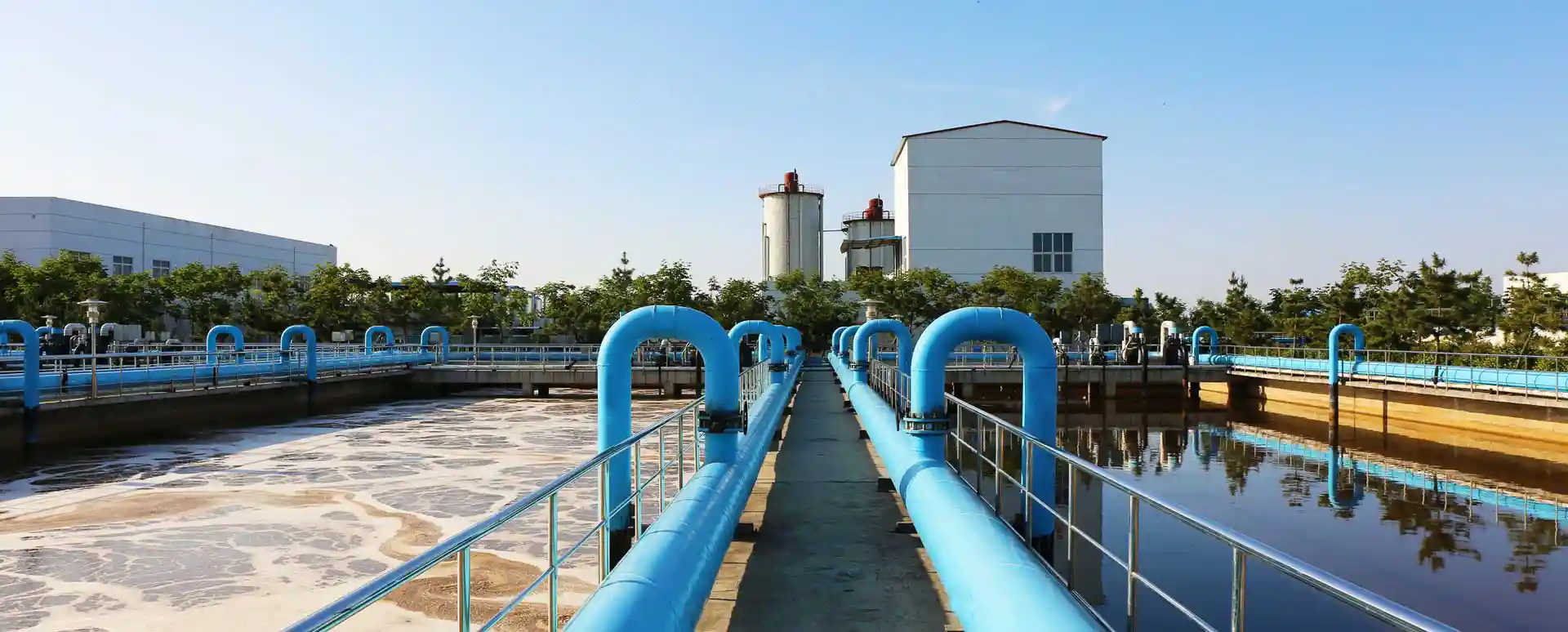Disposal Methods of Hazardous Waste

Common Methods of Hazardous Waste Disposal
The proper management of hazardous waste, including hazardous waste disposal and recycling, requires an understanding of both the federal and state regulations to make sound decisions and ensure proper disposal through environmental compliance. The phrase “cradle to grave” describes the hazardous waste disposal system in place today in the US. Cradle to grave simply means that all participants involved in the management of hazardous waste must register with the United States Environmental Protection Agency (USEPA) as to their involvement in the process. USEPA defines a participant as; waste generators, transporters, and owners / operators of treatment, storage, and disposal facilities. Each group involved in the hazardous waste management process has specific compliance requirements to ensure all requirements, from the point of the waste generation to the point of final disposal, are fulfilled. The result is a tracking system that accounts for every pound of hazardous waste generated and documents all participants involved in the management process. The Resource Conservation Recovery Act (RCRA) of 1976 achieved its goal of implementing regulations that were protective of human health and environment with a comprehensive system for managing and properly disposing of hazardous waste.
Let’s work together.
What is Hazardous Waste?
The simple definition of hazardous waste is any waste that has the chemical or physical properties that makes it dangerous or capable of causing an adverse impact on human health or the environment. The formal regulatory definition of hazardous waste as defined by the USEPA, requires reading the Code of Federal Regulations starting with 40 CFR Part 260 – 262. Like other specialized fields, understanding the hazardous waste regulations is comparable to learning a foreign language. A regulatory definition often has a different meaning than common usage. Certain words and phrases in the regulations carry special significance and must be applied correctly. The regulations layout a process with detailed descriptions for the waste generator to make a proper waste determination. Basically, a solid waste as defined by USEPA can be a hazardous waste if it meets any of the criteria below:
- Does the waste meet the definition of a solid waste as defined in the regulations?
- Is the waste specially excluded from the definition of solid waste or hazardous waste?
- Is the waste delisted from regulation as a hazardous waste?
- Does the waste have any characteristic(s) or is it a listed waste as defined in the regulations?
The first three questions require reading and research. The answer to question four can be as simple as reviewing the regulations, performing lab analysis, reviewing waste generating processes or compiling other technical information to find the right information. Following the steps in the process can help define a waste as hazardous or non-hazardous.
First, the hazardous waste listings consist of four lists found in 40 CFR Part 261. The first two lists, Hazardous Waste from Non-Specific Sources (F-List) and Hazardous Waste from Specific Sources (K-List) relates to process waste and sludges. The F-List shows generic types of manufacturing processes that generate hazardous waste. Examples include spent solvents and electroplating operations. The K-List is a group specific to industry and includes production facilities such as chemical, iron, steel, aluminum, petroleum refining and other manufacturing. The two remaining lists. the P-List and U-List, contain pure or commercial grade, unused chemicals, off specification chemical products, container residues and spill residues.
The next step in the waste determination process is to evaluate the material for any potential hazardous characteristics. Specifically, the characteristics defined as: ignitability, corrosivity, reactivity, and toxicity. Environmental testing laboratories perform the required analytical methods according to the USEPA methods. If the results for a specific parameter equal or exceed the USEPA standards the waste material is determined to have a characteristic of a hazardous waste.
- Ignitability – Defined at 40 CFR 261.21
- Wastes that can readily catch fire and sustain combustion.
- Corrosivity – Defined at 40 CFR 261.22
- Wastes with a pH less than or equal to 2 or greater than or equal to 12.5 and/or it can corrode, dissolve or damage metal, human tissue, and other materials.
- Reactivity – Defined at 40 CFR 261.23
- Waste that can become chemically unstable under normal conditions, water, or air reactive, generate toxic fumes, gases, explode or cause violent reactions.
- Toxicity – Defined at 40 CFR 261.24
- Waste that can leach hazardous constituents into groundwater which pose a threat to drinking water supplies.
Disposal Methods for Hazardous Waste
After making a proper waste determination, decisions on the disposal options available for hazardous waste can be considered. There are a variety of treatment technologies for hazardous waste and selecting the best choice for the specific waste type is part of the process. The most common management methods used in the US are thermal, physical, chemical, biological, recovery, reclamation, and landfill.
Thermal treatment of hazardous waste occurs at RCRA permitted incinerators, boiler, and industrial furnaces (BIFs) or other permitted thermal treatment units. Thermal processes rely on elevated temperatures ranging from 1,500 – 3,000 degrees Fahrenheit to destroy the hazardous constituents in the waste while utilizing any energy recovery from the waste to supplement the fuel requirements of the process. We will not focus on this disposal technique because the products that Mintek Resources supplies are required on a limited basis in commercial thermal treatment operations. Solidification and Stabilization (S/S) has been used widely for decades in many environmental applications, especially to treat contaminated soil. The technology is common in both physical and chemical treatment operations depending on the types of waste managed at a facility. Stabilization and solidification are similar in that both use treatment reagents to achieve different treatment goals to address the contamination or change the physical state of the waste. The most common reagents used in S/S include quicklime, Calciment, LKD, bed ash, fly ash, and Portland cement. The cementitious properties of the reagents change the physical condition of the soil or waste to encapsulate, dry and create a solid matrix. Solidification does not necessarily change the chemical structure of the contaminants. Stabilization refers to the mixing of reagents to chemically reduce the toxicity and the mobility of contaminates in a soil or waste. For solidification, most reagents used in stabilization processes will also create a dry solid when the process is complete.
Chemical oxidation processes are common in all fixed based hazardous waste treatment facilities. Chemical oxidation is a standard practice for pretreatment of specific contaminates to prevent them from entering the main treatment process. Examples would include treating for cyanides or hexavalent chromium. Chemical oxidation uses a variety of liquid and dry reagents to convert contaminates to more stable, less toxic compounds by relying on chemical oxidation and reduction reactions. Advancements in technology and field delivery systems now allow effective in-situ and ex-situ treatment applications at remediation sites.
There are a limited number of commercial hazardous waste landfills in the US and the number is shrinking. Despite our best efforts to recycle, reuse and minimize the generation of hazardous waste there are residuals from treatment process that require disposal in an engineered landfill. Unlike the legacy disposal facilities of decades past, hazardous waste landfills today are highly engineered and professionally managed facilities. This point is clear by the minimum design standards required by USEPA for a hazardous waste landfill.
- Double liner
- Double leachate collection and removal systems
- Leak detection system
- Run on, runoff, and wind dispersal controls
- Construction quality assurance program
These design standards were developed to protect the groundwater and surface waters from the hazardous wastes that are eligible for final disposal in a RCRA permitted landfill.
It should be clear to the reader that hazardous waste management and disposal is a complex web of regulations, risk management, compliance, safe work practices with the final goal to protect human health and the environment. Technical resources are readily available to support the proper management of all wastes. Key sources of technical information include USEPA, state agencies, environmental engineers, consultants, and industry experts. Mintek Resources supplies a range of products to support treatment applications mentioned above and others not included in the article.
We're here to help you find the best solution for your next project. Let's get started. Give me a call at 937-641-9901.

Josh Weser
Mintek Resources
Related Posts
What is Hydrated Lime?
Hydrated lime, sometimes referred to as “slaked lime” or more likely just “hydrate”, is a versatile chemical with many uses across numerous industries and applications. Technically, hydrated lime is calcium hydroxide, Ca(OH)2, a derivative of quicklime – another...
What are Dredge Spoils?
What are Dredge Spoils? Dredge spoils are the sand, soil, silt and other organic matter that accumulates on the bottom of a body of water and are removed during dredging. Urban development, farming, natural disasters, tidal influence and other factors contribute to...
What is Soil Remediation?
What is Soil Remediation? Soil remediation is the application of proven technologies to mitigate and manage risks from contaminated soils that could be harmful to human health and the environment. Contaminated soil is often the result of historical industrial...